 |
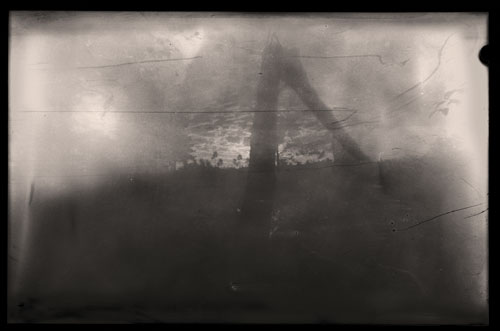 |
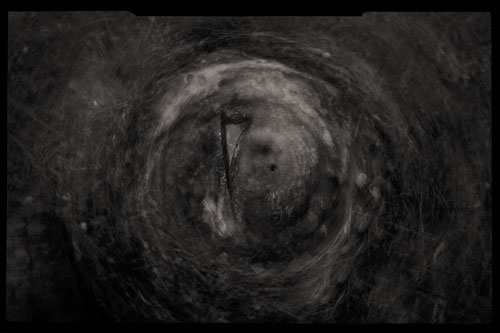 |
 |
| Photographer of Silence. The Convention of „New Pictorialism” |
| Grzegorz Jarmocewicz had already presented his works in the FF Gallery in 1994 but that exhibition marked a somewhat different artistic path than the one he laid down a few years later, leading him towards his current objective. The problem contained in his installation called Aż do końca [Until the End, the original title: Usque ad finem), shown at the exhibition entitled Rytuały i symbole [Rituals and Symbols] in Białystok (1999), turned out to be much more significant than his previous achievements1 . The artist showed - which was rare at the time in Polish photography - the magic power of photograms of flowers on large white canvases, recalling in this way the beginnings of photography from the period of the talbotype technique (introduced in the 1840s). Jarmocewicz also produced a large photographic installation using columns and the motif of the swastika, conceived as one of the most resonant, though now dishonoured symbols. 1. Tradition of PAcamera. The kind and type of photography which Grzegorz Jarmocewicz follows currently can be traced back to the tradition of a photographic group from Suwałki, active in the 1990s under the name of the PAcamera Club. Its central figure was Stanisław J. Woś who gathered around him a few interesting artists from this geographical region. At the time, that is at the beginning of the 1990s, Jarmocewicz - who was then a student at the Academy of Art in Poznań - made his artistic debut, presenting his works at several individual and collective exhibitions, including the Month of Photography in Bratislava (1995), which was his great success. Along with Staszek Woś I visited another of Jarmocewicz’s exhibitions in 2008 at Dom Pracy Twórczej [House of Creative Work] in Wigry. However, this presentation was swathed in a decidedly gloomy, fairy tale atmosphere, bringing to mind 3D cinema and spectacularly staged, blockbuster movies, and making use of a large number of props. The current exhibition is different in style, calmer and more reflective, involving reflections on the world at large, including nature, while the works are held above of all in the romantic and neopictorial spirit. It might be worth adding here that also Tomasz Michałowski and Stanisław J. Jasiński express similar emotions, though in their own characteristic style2 . This kind of philosophy of photography and the artistic form of these works can be traced back to these artists’ contact with Staszek Woś who paved the way towards a concrete style for at least several photographers3 . If there is such a thing as technical perfection, then Jarmocewicz perfectly mastered the digital and analog techniques, which allow him to combine various forms of imagery into a coherent whole that often reminds us of dreamy memories or simply dreams - because it usually goes back to the mythology of childhood. 2. Self-portrait. The self-portrait plays a very important role in Jarmocewicz’s work, as it allows the author to present his self (which is a part of the romantic adventure), to recall his childhood years, which is a vital proposition of his concept of photography, and to express his love for a woman. In this type of art which refers to the tradition of German Romantic painters like Caspar D. Friedrich, luminism shows the mystery of the meeting of two people or a lone figure waiting for someone or something. Jarmocewicz explained the idea behind his current exhibition in an authorial text entitled Coming Out of the Past [Wychodząc z przeszłości]: “When I recall my childhood I see the images of memory in little photographs of our family album. Lying here and there in the nooks and crannies of my personal space they are merged into a complete history that goes back to the time of the oldest photos. It is not an image which describes the little child’s first walk, his brother or his young parents. The memory of this picture reaches beyond that. […] The carefully preserved photographs from the beginning of the previous century show stylishly dressed people who are my age. This time we move back four generations. Their youth frozen in the photographic frame is the equivalent of my own, personal feeling, presage of old age. They are my peers. I can easily imagine their experiences and compare them with mine. It is like a dialogue of experience, their anxieties and joys combined with what I have been through myself. For the first time I am not looking at my ancestors as at mute figures of portrait painting. Thanks to the minutest details in those photographs I see myself, recognizing in their faces and hands the common features which have also been bequeathed to me4 .” 3. Stone. It is a significant motif for Jarmocewicz’s art. It exists in many dimensions, like in a shattered wall, or it just lies there, abandoned and inert, being a metaphor of human life. Jarmocewicz shows it monumentally and motionlessly or dynamically - i.e. in motion. Sometimes a stone is also “graphicated” by the artist, probably under the influence of Woś who could not only understand the structure of a stone but also befriend it or even talk to it. Naturally, I will not be surprised if someone smiles at this remark, but not only scholars of religion claim that a stone may possess its mystery and power. Zygmunt Rytka experienced something like this when he identified himself with nature (Lying [Leżąc], 1999) and a few years ago produced installations that literally whirled with the power of life. But in Jarmocewicz’s case a stone may also be a work of art because he photographs beautiful sculptures, too. Stone details affect us here with their fragmentariness and ornamental forms. 4. Light. Light in a landscape. W określonym rodzaju fotografii Jarmocewicz jest jednym z najlepszych fotografów, którzy potrafią zapisać różnorodny w formie charakter chmur, a także powiew trawy (jak w kadrze z filmu Zwierciadło Andrieja Tarkowskiego). To światło kształtuje strukturę muru zbudowanego ze starych kamieni. Na jego tle ukazany jest stary zlewozmywak i kran, z którego leje się woda, wyrażając w ten zaskakująco bezpośredni sposób esencję życia w typie starożytnej filozofii greckiej. Światło także nadaje tajemniczości zwykłym pomieszczeniom. Gdyby autor użył w tym przypadku materiału barwnego, prawdopodobnie zniweczyłby misterium ciszy. Natomiast ukazując banalne przedmioty stwarza z nich zaskakujący rodzaj obrazu – jak ze snu. Czasami pojawiają się motywy religijne. Są one zdegradowane czy częściowo unicestwione. Symbole, które zamierają, oczywiście przestają pełnić swą funkcję, jak w wymownej fotografii przedstawiającej dwóch nagich mężczyzn trzymających „ukrzyżowaną” koszulę. 5. Traces of childhood. Jarmocewicz constantly returns to his childhood by means of the spectre of transitoriness and death which almost becomes an obsession for him. We can see tombstones, including Jewish matzevahs, and the door of a church. Human phantoms appear in the play of shadows on the wall as if in a dream. We see a cemetery and then children’s toys, shown deliberately out of focus, including a very suggestive little shoe that is also a spacious metaphor of human life. Another very interesting photograph shows a child playing with big sticks in the sand which reminds us of Michałowski’s style from the 1990’s. Thoughts of the author’s childhood are superimposed on his vision of a child. Layers of lives accumulate, the contours of reality are erased. We can see that for some reason Jarmocewicz still keeps reliving or perhaps even reconstructing the traces of the existence of a boy merely a few years old. 6. Style. We should not believe neopictorialism to be a sturdy, linear artistic trend of the 21st century. Artistic tendencies are generally rather scarce in our times. Within the fluid postmodernity we can observe the things that are being inflicted on us in this spectral reality and those that we find on the Web. But I believe that in this instance we cannot simply rely on chance or accept a preposterous proposition that “anyone can be an artist” because it does not lead us anywhere. In Jarmocewicz’s work we can see a deliberate defiance of faithfulness and documentary functions of photography which becomes “graphicated” and is made to resemble painting so that the author may look for his own, purely symbolic references in which his personal existential problems are hidden. Obviously such a style “holds its ground” and more - it is being advanced by the graduates of Akademia Fotografii i Przedsiębiorczości [Academy of Photography and Enterprise] in Białystok where PAcamera’s style from the 1990s still endures. Of course, it is continued there along with other artistic tendencies. In my opinion the works that come into being there can be easily compared with those coming out of the most renowned artistic schools in Poland, which at first glance seems astounding. What can threaten the art of Jarmocewicz whose exhibitions in Suwałki (2012) and now in Łódź prove that during the past few years he produced at least a few dozen of very interesting photographs? The greatest danger for this artist seems to lie in the exaggerated theatricalization of his works which results in the banalization of their contents and message (even though their form always seems superb), and in the unconvincing colouring in some of his coloured works. However, in many of them the author managed to achieve something extremely difficult; namely he succeeded in capturing silence, some metaphysical atmosphere of a religious or quasi-religious character. Of course not everybody can hear and listen to it… This is the mystery of art - which is not commonly understood and never will be. |
Krzysztof Jurecki |
|
1See Rytuały i symbole. Artyści z kręgu PAcamera Club w Suwałkach [Rituals and Symbols. Artists from the Circles of the PAcamera Club in Suwałki], Galeria Arsenał, Białystok 1999. Artists who took part in this exhibition were G. Jarmocewicz, J.J. Jasińki, R. Krupiński, T. Krzywicki, T. Michałowski, E. Przytuła and S. J. Woś.
2 We ought to mention here a very interesting exhibition called Nad nami jest pejzaż. Jarosław Józef Jasiński [There Is a Landscape Above Us], Galeria K2, Gołdap, January-February 2011. 3It was noticed by Marek Grygiel, Przemijanie [Transitoriness], in: Ire ex Pratereritis. Grzegorz Jarmocewicz, pp. unnumbered, Muzeum Okręgowe [Regional Museum] in Suwałki, Centrum Sztuki Współczesnej&Galeria Andrzeja Strumiłły [Centre for Contemporary Art&Andrzej Strumiłło’s Gallery], Suwałki 2012, catalogue of the exhibition. 4 G. Jarmocewicz, Wychodząc z przeszłości [Coming Out of the Past], in: Ire ex Praeteritis. Grzegorz Jarmocewicz, pp. unnumbered, op. cit. |
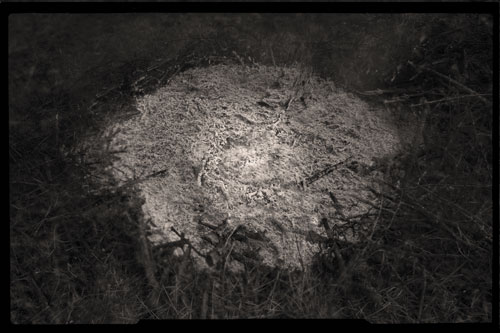 |
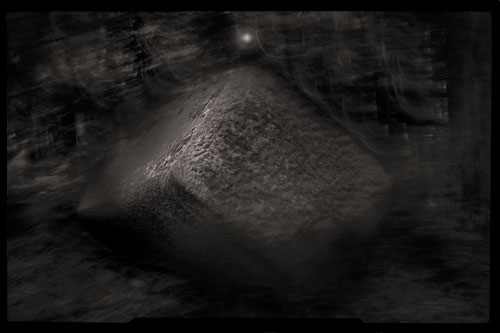 |
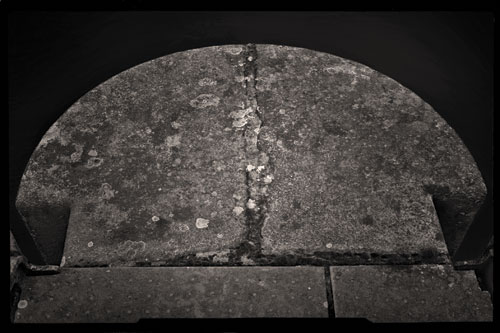 |
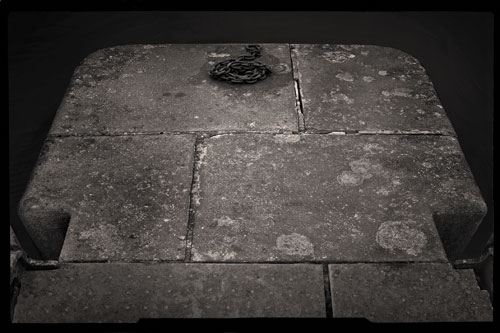 |
 |
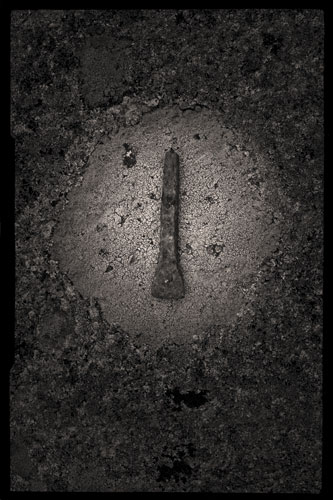 |
 |
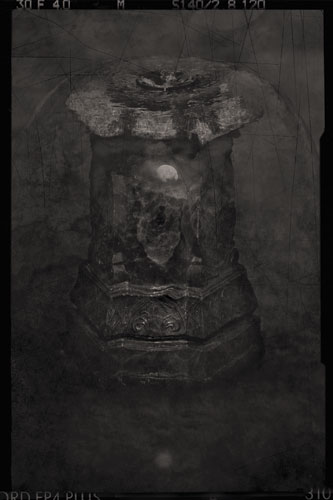 |
Copyright ©2013 Galeria FF ŁDK i Autorzy |